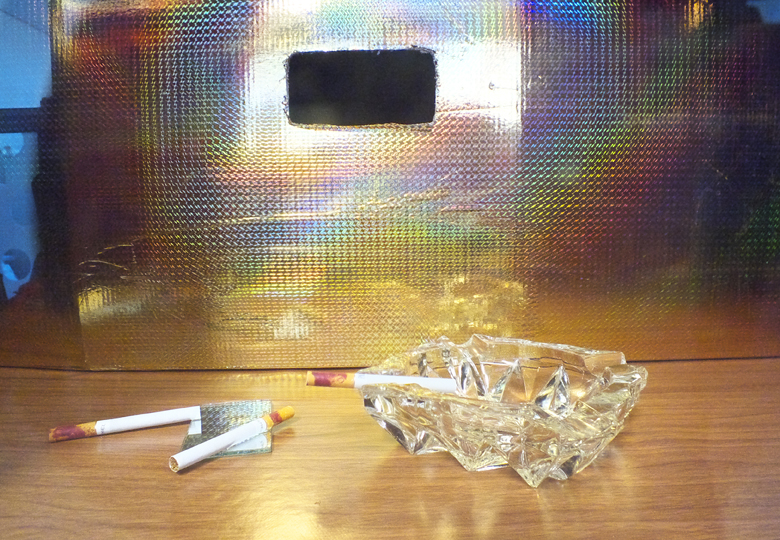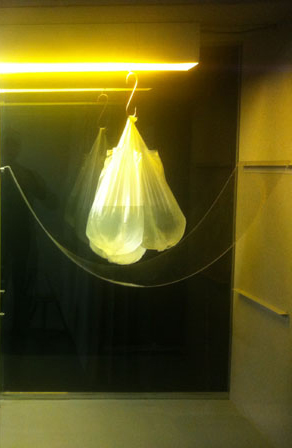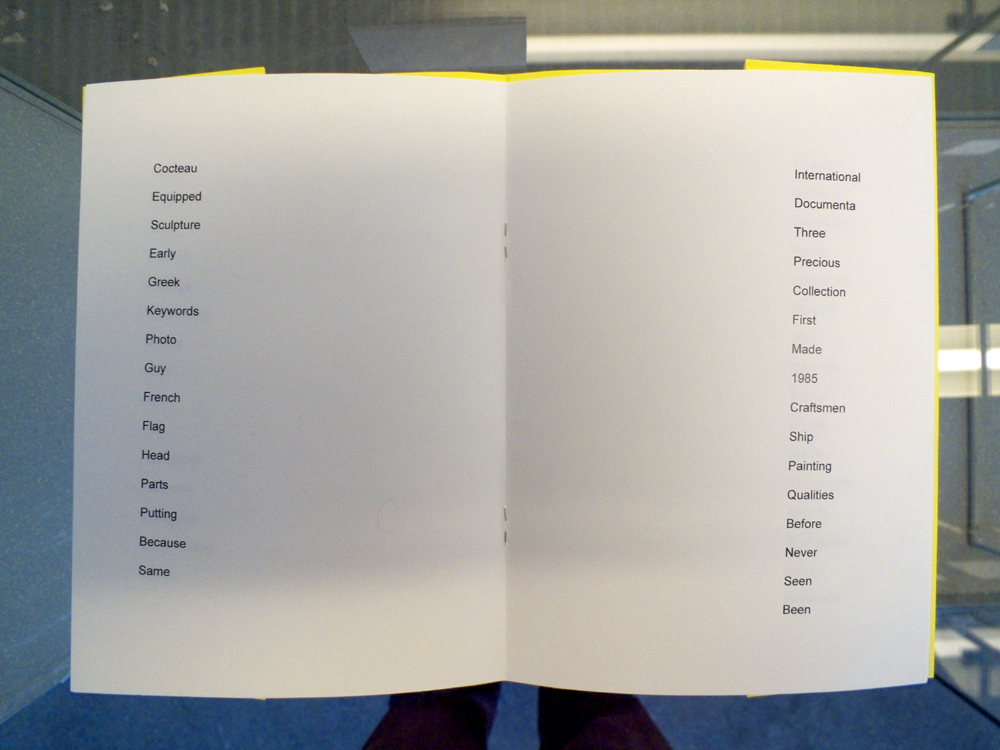The book contains a colorful set of images, as well as interviews with drag-queens, drag-kings, gender-benders and just awesome-looking people in their best.
The photos try to capture the real essence of the people in their everyday surroundings and environment. Most of the pictures are taken inside of their apartments, while they are dressing up – putting on their make-up, trying on their costumes. It also contains a series of nudes. The beauty of the photos lies in the fact that none of them are manipulated. What you see is what you get. There is no formula, no restrictions – only the apartment walls, where the pictures are taken, but which leave a great deal of freedom to the people, as the camera observes their everyday routine.
The interviews try to show how fascinating and crazy the lifestyle is that they are really living. In a very immediate and personal way, stripped of every artifice. They give us an image of true meaning of the mentality of the men/women, who like to dress up as an opposite sex member.
Most of the drags have developed several characters for themselves, throughout the years. With those different characters they are also trying out multiple lifestyles. They are also giving some advice on becoming a drag yourself (You should start with picking a name with a sexual slant to it).
The photographer captured the people from the circles he moves around in himself, which makes the images and the interviews extra intimate and open. It is truly possible to peak inside of that totally different universe. Here the photographer not only plays the role of the professional observer but is also personally involved in their lives. He succeeded on capturing all that joy and all of those sufferings. The involvement leads to extraordinary images – they are fascinating, than again touching. They show all the glitter and vanity, but there is also a great deal of vulnerability and fragility.
Photographers attitude and ethics has lead to images, which involve us but also force us to maintain a certain distance. Despite the often intimate images, which are shown, nowhere do we experience an invasion of the privacy of those portrayed. The viewer experiences respectful involvement and a bit of shock.
It is an eclectic approach, trying to show the true lifestyle of the people, whom we all have heard about, but then really know so few about. The book involves you to the magical world of people, who like to go extreme with their appearance. Doing that for just the fun of it and also for the name of entertaining. Their everyday life is all about standing out, competing with each other on different stages and situations and then again staying true to their own beliefs and dreams. It is a mixture of so many things, which lead us to a whole other level of seeing the world and the people around us.
this post is part of he subjective library project "Unopened Book"
the book can be found at the Rietveld library : catalog no : 793.6-cher-1


